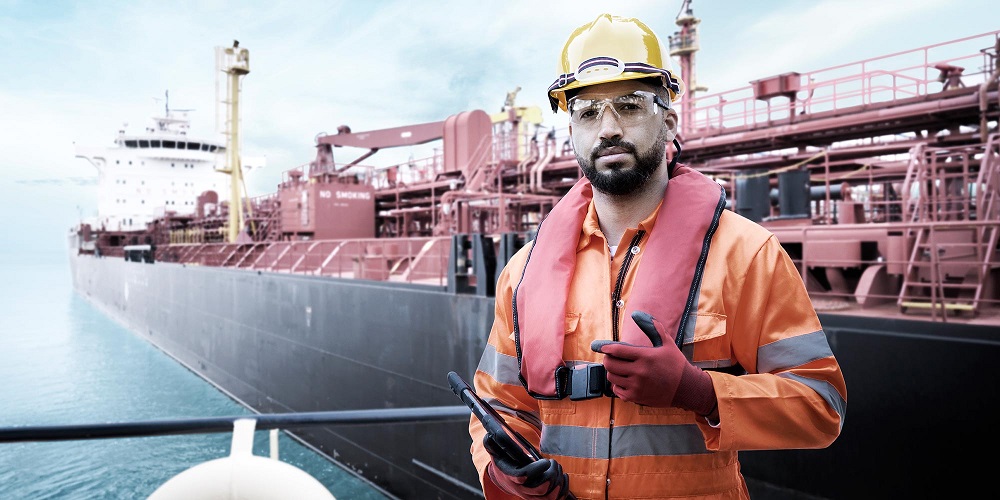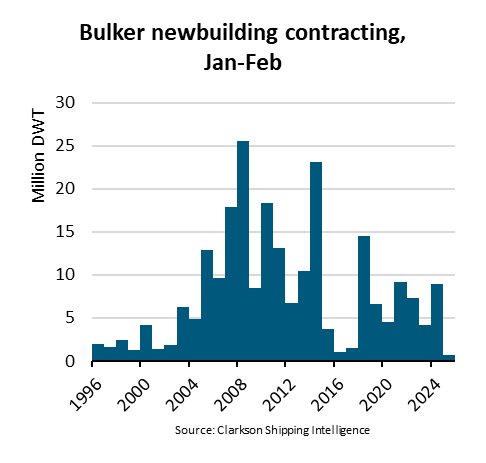
Demand for new ways of working will drive standardisation and a new approach to network design, says Tore Morten Olsen, President, Maritime, Marlink
A combination of commercial incentives and regulatory drivers is putting pressure on vessel operators to embrace digitalisation and enhance their use of information and operational technology. Shipping is subject to increasing demands to improve efficiency while also lowering emissions and improve reporting to a wider group of stakeholders.
For a shipping line with a large, mixed fleet the challenge is similar to any global organisation; how to manage an increasingly remote workforce in an environment where the speed and complexity of customer demands can grow almost exponentially.
The need to meet local and global standards for regulation, certification and compliance is also part of the puzzle. A fleet IT manager must consider how to future proof for operational efficiency, monitoring and reporting alongside maintenance of the network itself.
The traditional approach - in which operators selected IT components in a piecemeal way - combining bespoke software and processes - is ending and being replaced with an ‘industrialised’ approach. The need to embrace collaborative ways of working –applications like MS-Teams and Zoom - means designing a network and its components from the ground up and even considering a network solution as a complete service to meet the specific requirements of fleet operations.
 Any fleet, any size
Any fleet, any size
Shipping remains a highly fragmented business but it is defined by the presence of consolidated global players. For large operators, the ability to compete and also be more efficient increases their need to consolidate their operations around greater automation and the use of standardised systems.
More shipowners are saying ‘we use MS-Teams ashore, we want to use it onboard ship’ so the solutions provider has to figure out how to make that happen. For a large player the challenges lie in creating data sharing standards and maintaining quality and security. This requires rethinking of how networks should be designed to support short and long term business goals and wider industry safety and regulatory objectives.
For smaller players, the challenge is bigger, especially if ships are older or of different types and ages. The also lack the clear incentive to invest if tonnage is on long term charter, so the process is naturally slower.
But there is no reason not to take advantage of the changes take place. Marlink recently worked with a traditional family-owned operator with a mixed fleet and found vessel age is no barrier to investment in VSAT to increase efficiency. This owner is testing out Teams to connect between HQ and their vessels too.
There are IT and operational technology (OT) ingredients to the data that needs to be collected and shared; voyage data from navigation and bridge functions must be analysed together with sensor input from engine room equipment.
The output feeds into improvements in voyage efficiency and concepts like ‘remote access’ as well as established processes such as planned and preventative maintenance. With regulatory and reporting requirements set to rise, the need to demonstrate compliance has also increased. Documentation requirements, automated data capture and the need to maintain IT networks in compliance with cyber security regulations are standard items. Owners say the ability to share documents, images and data in one place makes collaborative tools more and more interesting to implement.
Making it easy
Connecting individual devices and equipment is comparatively easy but the trend towards maintaining compliance, increasing customer and stakeholder visibility - and maintaining an operational edge - creates a degree of complexity that many ship operators realise they cannot overcome on their own.
This combination of connectivity and collaboration will only increase as the demands of digitalisation make vessel operations more transparent and increase the need to move away from in-house proprietary systems towards an industrialised approach.
As pressure for higher efficiency increases in the next few years, the demand for transparency will grow further and faster than before. The need to demonstrate an ESG strategy to stakeholders extends all the way from human resource management to performance reporting across multiple key indicators.


 Ningbo Containerized Freight Index Weekly Commentar
Ningbo Containerized Freight Index Weekly Commentar  Ningbo Containerized Freight Index Weekly Commentar
Ningbo Containerized Freight Index Weekly Commentar  Ningbo Containerized Freight Index Weekly Commentar
Ningbo Containerized Freight Index Weekly Commentar  BIMCO Shipping Number of the Week: Bulker newbuildi
BIMCO Shipping Number of the Week: Bulker newbuildi  Ningbo Containerized Freight Index Weekly Commentar
Ningbo Containerized Freight Index Weekly Commentar  Ningbo Containerized Freight Index Weekly Commentar
Ningbo Containerized Freight Index Weekly Commentar